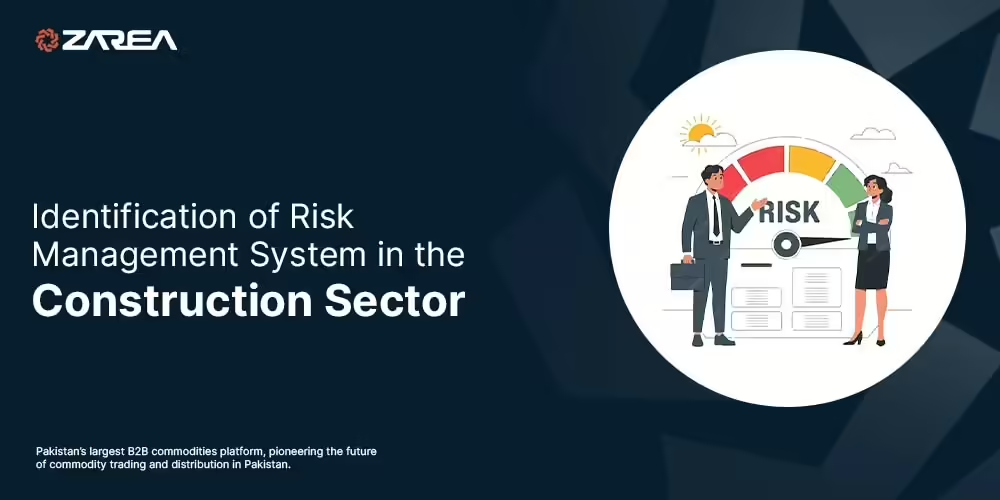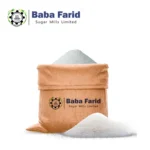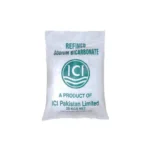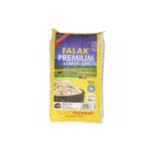Risk management is a new topic in Pakistan’s construction sector, but it’s gaining popularity due to increased activity and competition. This article highlights risk management in Pakistan’s construction industry.
The most significant risks are financial and economic considerations, followed by quality, and the sector strives to prevent or transfer them. However, most companies’ risk management systems and practices are reactive, semi-permanent, informal, and unstructured, with few resources to cope with threats.
Importance of Risk Management
Risk events have effects beyond direct damage to assets, people, or ecosystems. Society and people’s thinking are affected. Project risk management maximizes the probability and impact of favorable events and reduces negative ones.
Project risk management helps to increase the chance and impact of positive events and reduce the probability and impact of adverse events.
Proactive identification, risk analysis, prompt response, and good monitoring can turn project risks into opportunities. Therefore, risk management is a crucial aspect of project management and decision-making.
Wrong Ways to Manage Construction Project Risks
There are four wrong ways to manage construction project risks:
- The ostrich attitude involves burying one’s head in the sand and assuming the situation will pass.
- The brute force approach assumes that the desired outcome can be imposed or the course can be changed.
- The umbrella strategy manages every risk occurrence with a high premium.
- The intuitive approach assumes that identification, analysis, and control measures are fruitless, and one should trust his intuition.
Benefits of Risk Management in the Construction Industry
Risks and opportunities occur throughout a project’s life cycle. Any system built and executed must consider its whole life cycle, from inception through demolition. Risk management trumps project management since the former rarely considers the life cycle. In companies, the project management technique doesn’t easily support risk management. Consequently, many initiatives lack risk management. Effective risk management must be more dynamic than risk. Otherwise, it may not fit with the company culture and processes. No matter how well prepared and implemented, any system may not achieve its goal at first and will need continual calibration. Management requires leadership, patience, advice, time, and resources.
All stakeholders must adopt a cooperative risk management plan to meet project goals. Stakeholders may have conflicting project goals. Joint risk management makes project goals more transparent and efficient. Project failure and technical flaws might result from participant conflicts.
Clients and contractors have distinct purposes, but a confrontational contract is the most considerable project risk. Many academics advise using partnering, alliances, and relationship contracts that embrace a cooperative mentality to seek congruence to decrease project participant misalignment risks. Using partnering ideas, the construction sector moves toward collaborative risk management. Partnering helps participants exchange more information by improving open communication and risk management. Such communication helps optimal decision-making to reduce project risks.
Construction Risk Management in Pakistan
In 2009–2010, the construction industry contributed 2.3% of Pakistan’s GDP. This was a 15.3% increase in 2009–2010 and an 11.2% fall in 2008–2009 [SBP 2010]. Construction offers opportunities and problems. With 169.94 million people in 2009, Pakistan is the world’s sixth biggest population. With an annual growth rate of 2.05%, it will become the fourth largest nation by 2050 [Federal Bureau of Statistics (FBS) 2010].
In 2009, 7.57 million homes were needed (World Bank 2010). Housing is only one part of the construction business. Still, there is tremendous investment potential in infrastructure, dams, irrigation, power, oil and gas, tourism, and industries. Due to bid rejection, competitive bidding in Pakistan’s public sector may hinder dynamic risk identification.
The Way Forward
Effective risk management gives construction projects a bidding edge and increases the likelihood of reaching project goals. Unmanaged construction risks can lead to project failure, increased costs, delays, poor quality, and functionality difficulties. Major stakeholders’ perceptions (client, consultant, contractor) must be considered to rank construction industry risks. This may lead to risk-management approaches and hurdles. These can help examine risk-sharing methods in Pakistan’s building industry.
To learn more about the construction industry, visit Zarea blog – the best construction blog in Pakistan. Zarea ensures that it provides high-end construction materials with unmatched quality. Our online platform’s construction materials have the best base materials prepared from the most precise methods. The companies we have onboard asserted a high manufacturing capacity. We ensure that each enlisted company has a standard compliance certificate that verifies their construction materials’ quality, quantity, and specifications. This is why you will find the construction materials at Zarea are from top-notch brands.
Now you can shop online all the high-quality construction materials in one go. Our rate list will give you insightful information that will cut the tricky market price comparison process short.
For the first time in Pakistan, Zarea is offering digital payment solutions for the online buying of construction materials. You can not only browse numerous options for construction materials at Zarea but can also get all the materials delivered to your doorstep. With the technical expertise of Zarea.pk, procurement of construction materials is no longer a complicated process. You can also compare daily construction material prices in Pakistan at Zarea



































